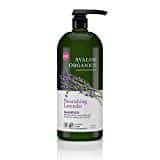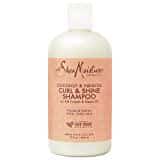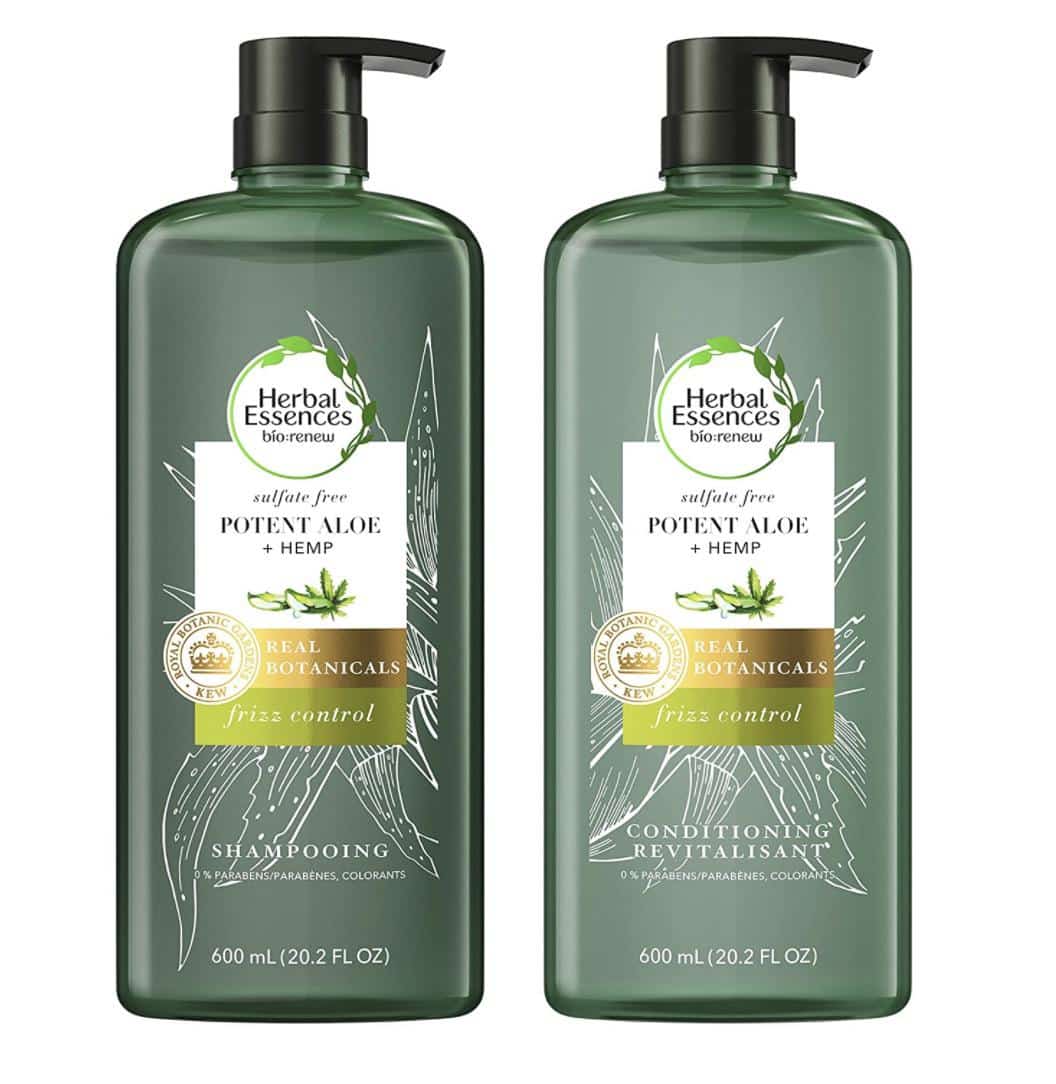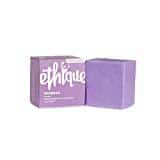
5 Best Natural Shampoo and Hair Care Brands (Vetted by the Environmental Working Group)

When it comes to natural shampoo and other hair care products, it’s important to understand that the term “all-natural” is not regulated by the Food and Drug Administration. As such, many brands get away with claiming that their products are “natural” or “organic” without actually living up to the name. Because of this, unless you’re a chemist or ingredient wiz, it can be difficult to decipher which products are, in fact, on the more natural side. Thankfully, the Environmental Working Group is here to help.
Enter: Skin Deep, the EWG’s database of cosmetic products ranging from makeup and skincare to haircare, fragrance, and nail care. The database rates each product in its directory from one to 10, with one being the lowest concern for hazardous ingredients and 10 being the highest.
While anything under five is worth considering for eco-conscious shoppers, the EWG takes it a step further and has created their own verification indicating that the product meets the strictest criteria in regard to transparency and overall health. This makes it a prime source to find natural shampoo, deodorant, makeup and more.
As a general rule of thumb, the biggest ingredients to steer clear of when looking for all-natural cosmetics are silicones, parabens, phthalates, sulfates and formaldehyde, just to name a few.
With all this in mind, we did a little fact-checking on the beauty industry’s top-selling brands. Ahead, discover the five natural shampoo brands that get the best ratings—from EWG and myself, a beauty veteran with eight years in the industry.
Each product featured here has been independently selected by the writer. If you make a purchase using the links included, we may earn commission.
Briogeo Natural Shampoo

Briogeo stands out for many reasons. First and foremost, the NYC-based brand’s natural shampoo and hair care line doesn’t sacrifice results for cheap formulation. Each product is 90 to 100 percent naturally derived and free of harsh sulfates (SLS/SLES), silicones, parabens, phthalates, diethanolamine (DEA) and synthetic color, not to mention certified cruelty-free by Leaping Bunny.
Additionally, it’s a Black-owned and operated brand, with Nancy Twine at its helm. Thanks to Nancy’s eye for diversity and simplicity, the brand caters to all hair types and focuses on curating easy-to-follow two-, three-, and four-step routines.
Skin Deep Rating: Most Briogeo products fall between three and five on the scale, with a couple of outliers at one and six.
Must-Try Product: Be Gentle, Be Kind Banana + Coconut Nourishing Superfood Shampoo
Avalon Organics Natural Shampoo

Founded out of respect for the earth, Avalon Organics prides itself on providing top-quality natural shampoo, conditioner and more to conscious consumers. It’s Leaping Bunny certified, as well as certified to NSF/ANSI 305 standards, which establishes that the products that claim to use organic and natural ingredients actually do. Plus, it’s one of the most reasonably priced products on our list of the best natural shampoos.
Skin Deep Rating: Many of the brand’s products are EWG Verified—meaning they’re the best of the best. There are a few, however, in the three to five range.
Must-Try Product: Avalon Organics Nourishing Lavender Natural Shampoo
SheaMoisture Natural Shampoo

Here we have another Black-owned beauty brand that holds itself to the highest standards: SheaMoisture. The cruelty-free, certified B Corporation—meaning it considers its impact not only on consumers, but the earth and its employees as well—formulates all of its natural shampoo and hair care products without parabens, phthalates, mineral oil, petroleum and formaldehyde.
They’re applauded for their truly natural offerings, all ingredients of which are listed on the company’s website. What’s more, they’ve broken their haircare offerings down by hair type, catering to 12 different textures, and use Fair Trade certified shea butter.
Skin Deep Rating: The majority of Shea Moisture products fall within the one to four range.
Must-Try Product: SheaMoisture Curl and Shine Coconut Shampoo
Herbal Essences Natural Shampoo

This one might shock you considering many drugstore hair care brands are anything but natural. With that in mind, however, Herbal Essences worked tirelessly to introduce its Bio:renew collection. Made with real botanicals and endorsed by the Royal Botanic Gardens, Kew, the new lineup is formulated without sulfates, parabens and colorants, making it a worthy choice for those looking to go au naturel without breaking the bank.
Skin Deep Rating: Most of the Bio:renew products fall under five on the scale, and some have even earned the coveted EWG verification (including the must-try product below).
Must-Try Product: Herbal Essences Bio:renew Potent Aloe + Hemp Frizz Control Shampoo and Conditioner
Ethique Natural Shampoo Bar

If you’re looking for a sustainable natural shampoo that doesn’t come in a plastic container, consider Ethique solid shampoo bars. These bars take a little getting used to when you first make the switch from wet shampoo, but after a few washes, you’ll be a pro at lathering up sans plastic.
Ethique is a certified B Corp that donates 20 percent of its profits to charity as well as plants a tree for every online order it receives. Its products have been certified cruelty-free by PETA and a few other international certification organizations, and they actually work: The natural shampoo bars have received thousands of positive reviews from verified customers.
Skin Deep Rating: All Ethique products are rated one to four.
Must-Try Product: Ethique Eco-Friendly Solid Shampoo for Normal Hair
Rebecca R. Norris is a full-time freelance writer living in the DC metro area. She writes for a variety of publications, covering everything from beauty and wellness to style and news. She is a graduate of George Mason University. There, she earned her B.A. in Media: Production, Consumption, and Critique, along with a minor in Electronic Journalism. The Virginia native is a lover of lists, Stevie Nicks, dark chocolate Sprinkles cupcakes, and the Oxford comma.
- 4 All-Natural Soaps Safe for Your Skin and the Planet - EcoWatch
- 5 Toxic Ingredients in Shampoos and Conditioners You Should Avoid
- Plastic-Free Road Trip: Tips and Must-Pack Items (2021)
- 6 Best Reef-Safe Sunscreens to Protect Your Skin and the Sea
- 6 Best Eco-Friendly Cleaning Products of 2021
- 7 Best Natural Soaps Safe for Your Skin and the Earth (2021)
- 6 Best Natural Mosquito Repellents That Actually Work (2021) - EcoWatch

 233k
233k  41k
41k  Subscribe
Subscribe 